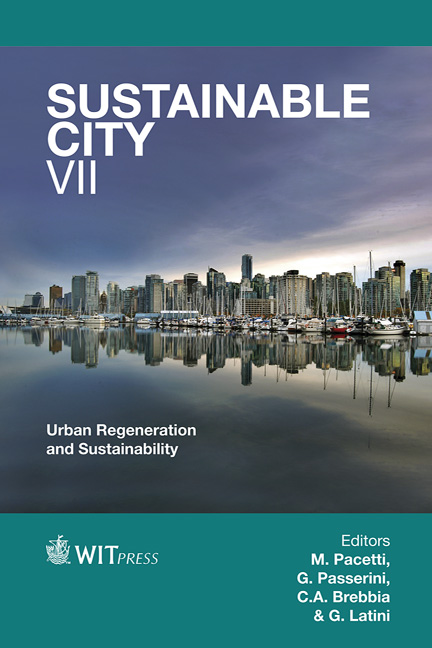Post-industrial Redevelopment And The Mega-region: New Strategies For The Sustainable City Of The 21st Century
Price
Free (open access)
Transaction
Volume
155
Pages
11
Page Range
881 - 891
Published
2012
Size
932 kb
Paper DOI
10.2495/SC120742
Copyright
WIT Press
Author(s)
P. J. Armstrong & P. H. Kapp
Abstract
Cities throughout the U.S., Canada, and Europe are repurposing their abandoned post-industrial districts for the 21st century urban living and the innovation economy. As post-industrial cities redefine themselves, they must consider the consolidation of resources and scale in response to constantly changing economic and demographic variables. This means that, paradoxically, cities may need to physically shrink to create density before they can grow economically. This paper, therefore, presents the post-industrial redevelopment phenomenon that is occurring in North America and Europe and discusses how it is redefining post-industrial cities as sustainable and innovative epicenters. It examines how post-industrial infrastructure is being redeveloped through initiatives in transportation, sustainability, and manufacturing that will promote economic, social, and ecological benefits to the metabolisms of cities and regions especially in the U.S. Midwest. Keywords: post-industrial, sustainability, transportation, mega-region, epicentre, historic preservation. 1 Introduction For the past fifteen years, manufacturing cities throughout the United States have experienced a significant decline. According to the U.S. Bureau of Labor Statics’ Establishment Survey, the share of manufacturing employment in 1950 was about 35% and in 2004 it was about 13% (Fisher and Rupert [1]). The current recession, accelerated by the financial collapse on September 15, 2008, has exacerbated this decline forcing mass closings of manufacturing facilities and layoffs of workers. Leading economists agree that the effects of this
Keywords
post-industrial, sustainability, transportation, mega-region, epicentre, historic preservation.





